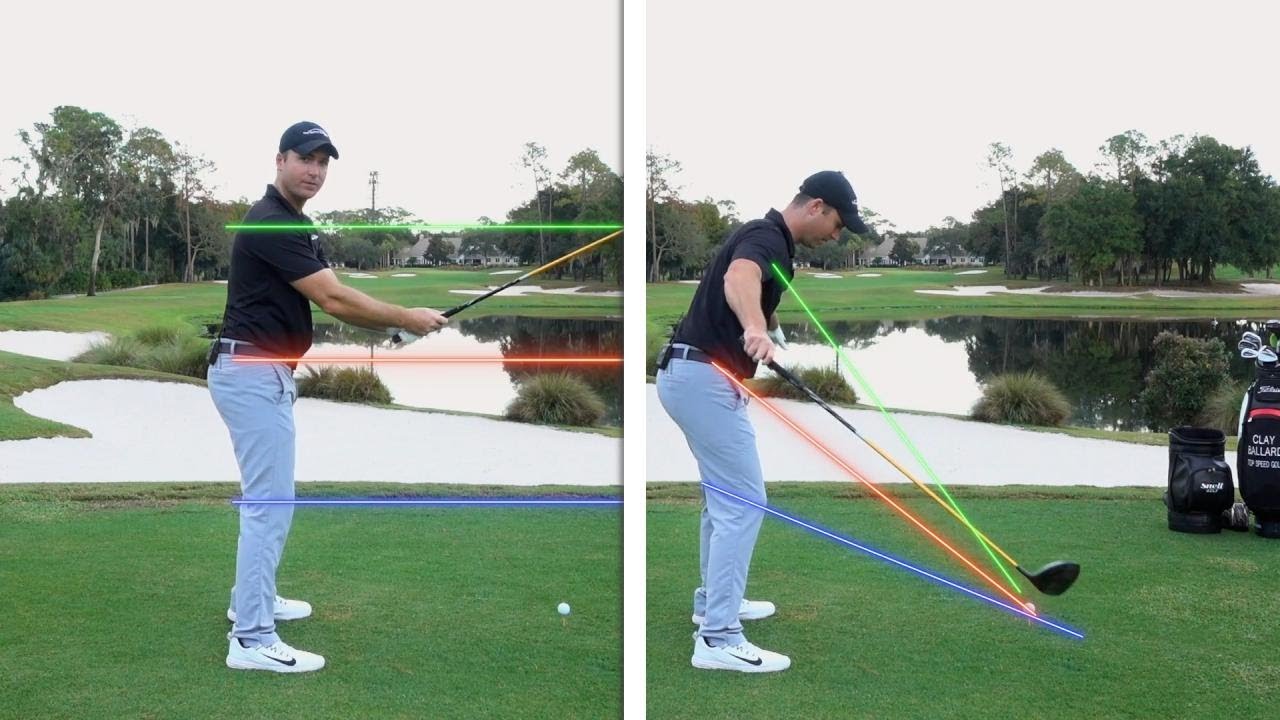
Unlock Your True Golf Potential! Achieving a perfect swing plane is crucial for every golfer aiming to elevate their game. While most players focus solely on the club’s position, understanding how body movements influence the swing can provide a significant edge. Dive into this comprehensive guide to learn how to align your body for a more consistent and effective swing.
Table of Contents
- Understanding the Swing Plane
- Integrating the Club into Your Technique
- Extending the Concept to Your Arms
- The Importance of the Club’s Position
- Common Mistakes to Avoid
- Ingraining the Correct Movements
Understanding the Swing Plane
The swing plane is a fundamental concept in golf, referring to the path the club takes during a swing. It’s not just about the club itself; it’s about how your entire body interacts with the swing. Imagine a plane of glass extending from your knees to the ball. As you swing, maintaining this plane involves synchronized movement of knees and hips, ensuring your swing isn’t compromised.
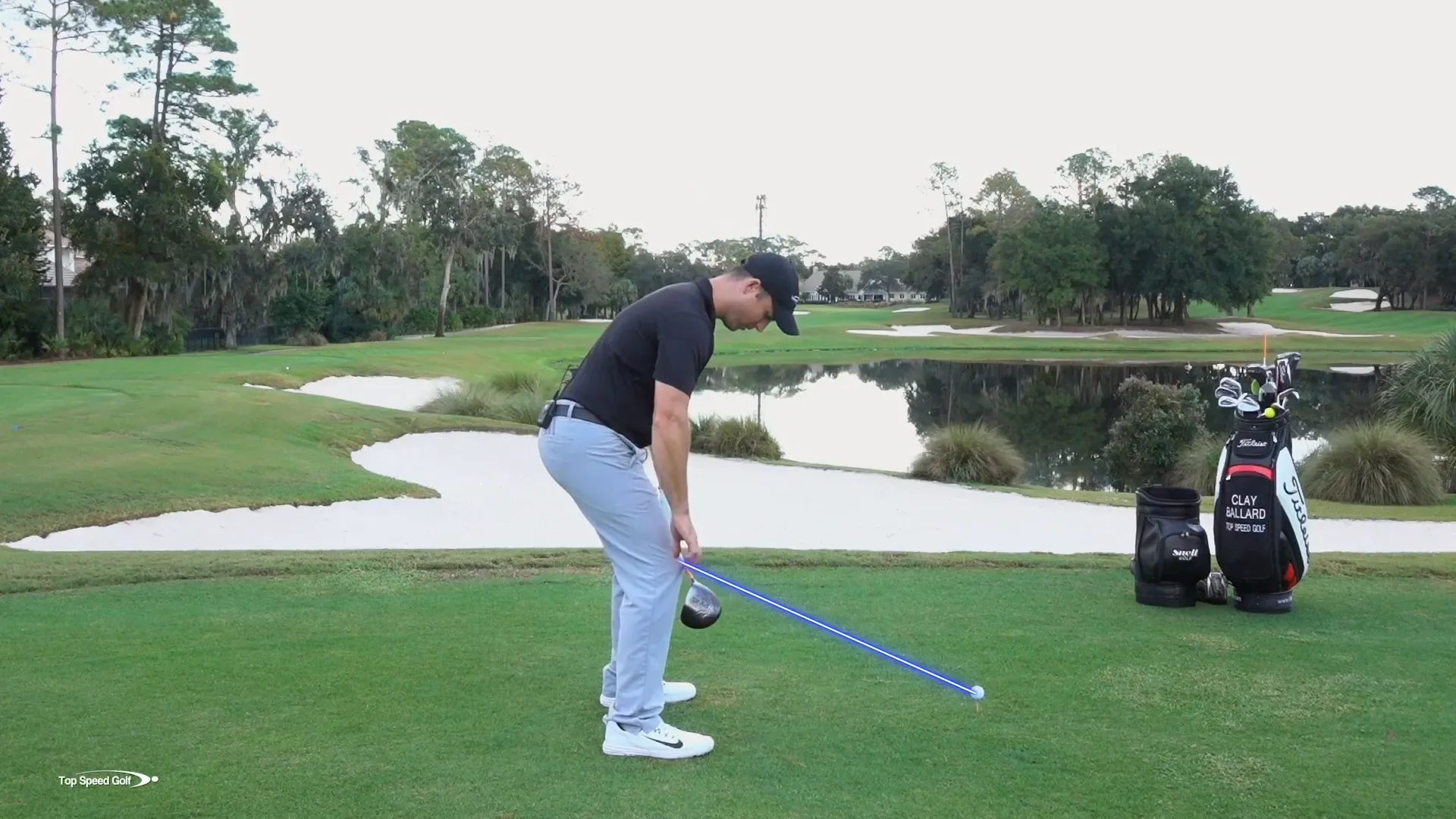
The Common Misconceptions
Many golfers fixate on the club’s position at the top of the swing, neglecting body dynamics. This oversight can lead to inconsistent swings. Key misconceptions include:
- Misconception 1: The club’s angle is the only factor that matters.
- Misconception 2: Keeping your shoulders level ensures a good swing.
- Misconception 3: Seeing the swing as linear instead of rotational.
From the Ground Up: Starting with the Knees
Start from the ground up, beginning with your knees. As you prepare to swing, visualize a plane of glass extending from your knees to the ball. During the backswing, your right knee straightens slightly, while the left knee bends. As you transition to the downswing, this movement reverses, creating necessary angles for an effective swing.
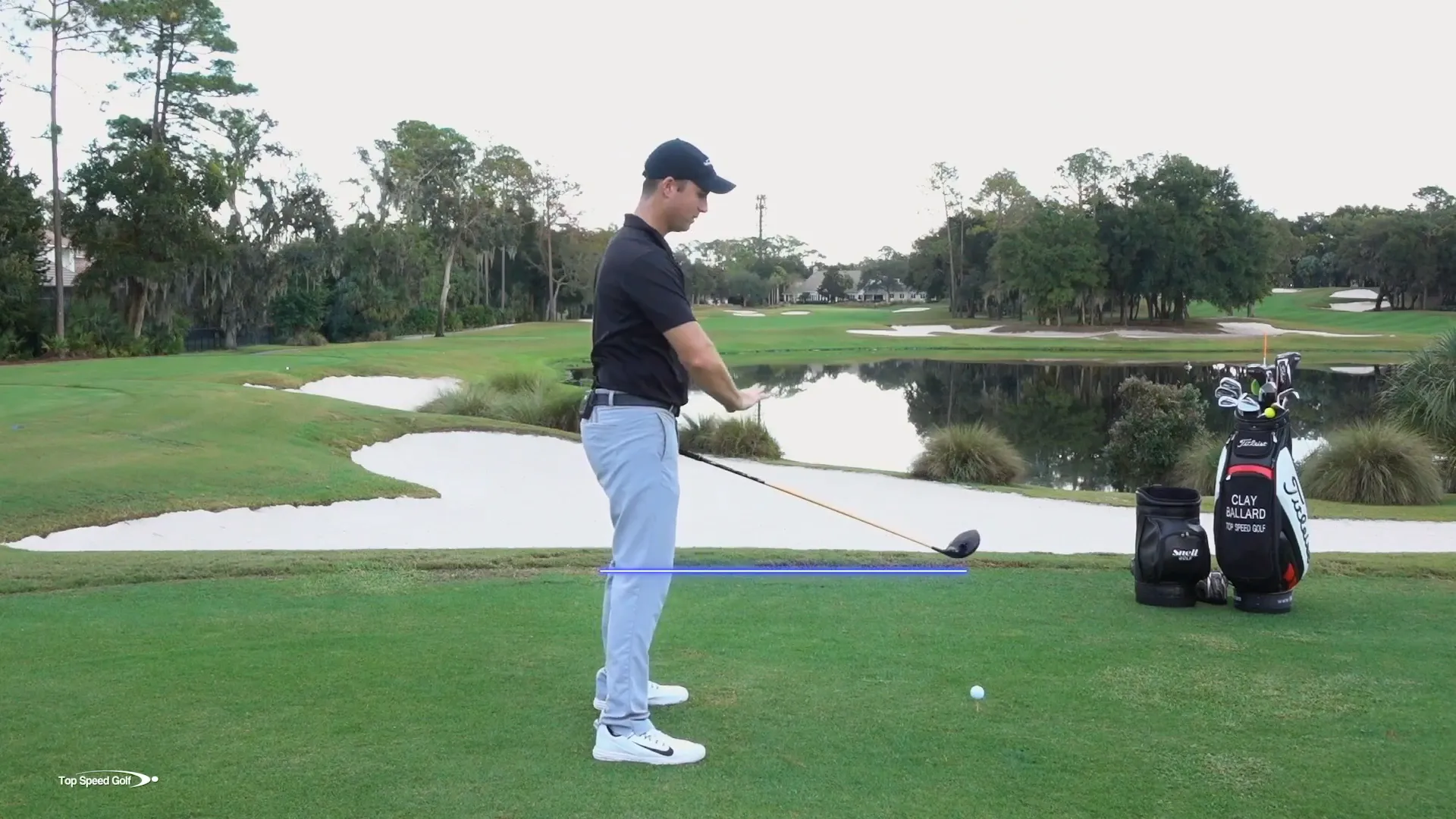
Visualizing the Plane of Glass
Visualize your swing plane as a plane of glass extending from your knees, through your hips, and up to the club. To keep your swing consistent, align your knees, hips, and shoulders with this plane.
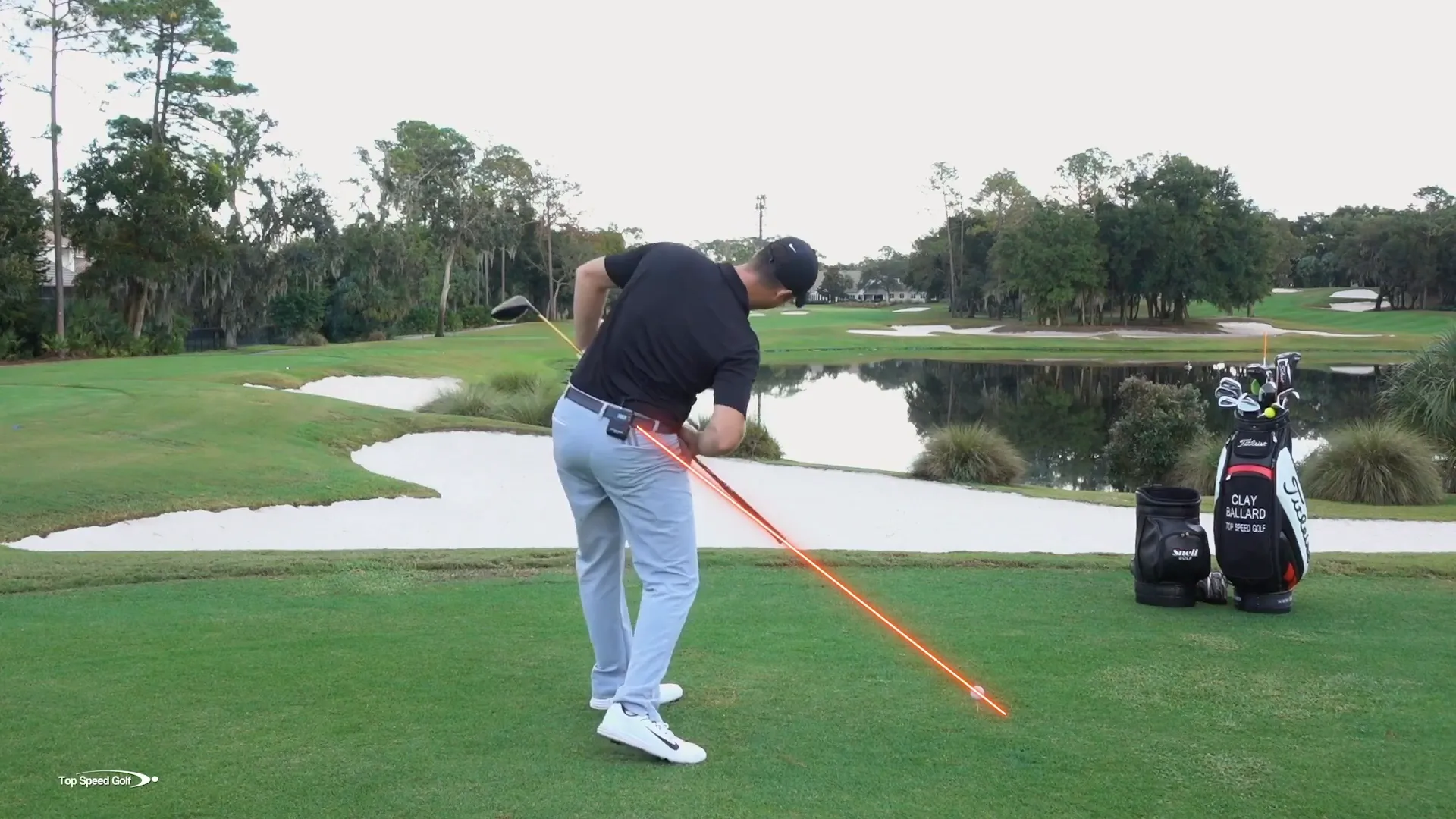
Hips and Their Role in the Swing Plane
Your hips play a crucial role in the swing plane. As you hinge forward, they tilt toward the ball, providing the angle needed for effective rotation. During your swing, your hips should rotate in harmony, maintaining the swing plane and allowing a fluid club path.
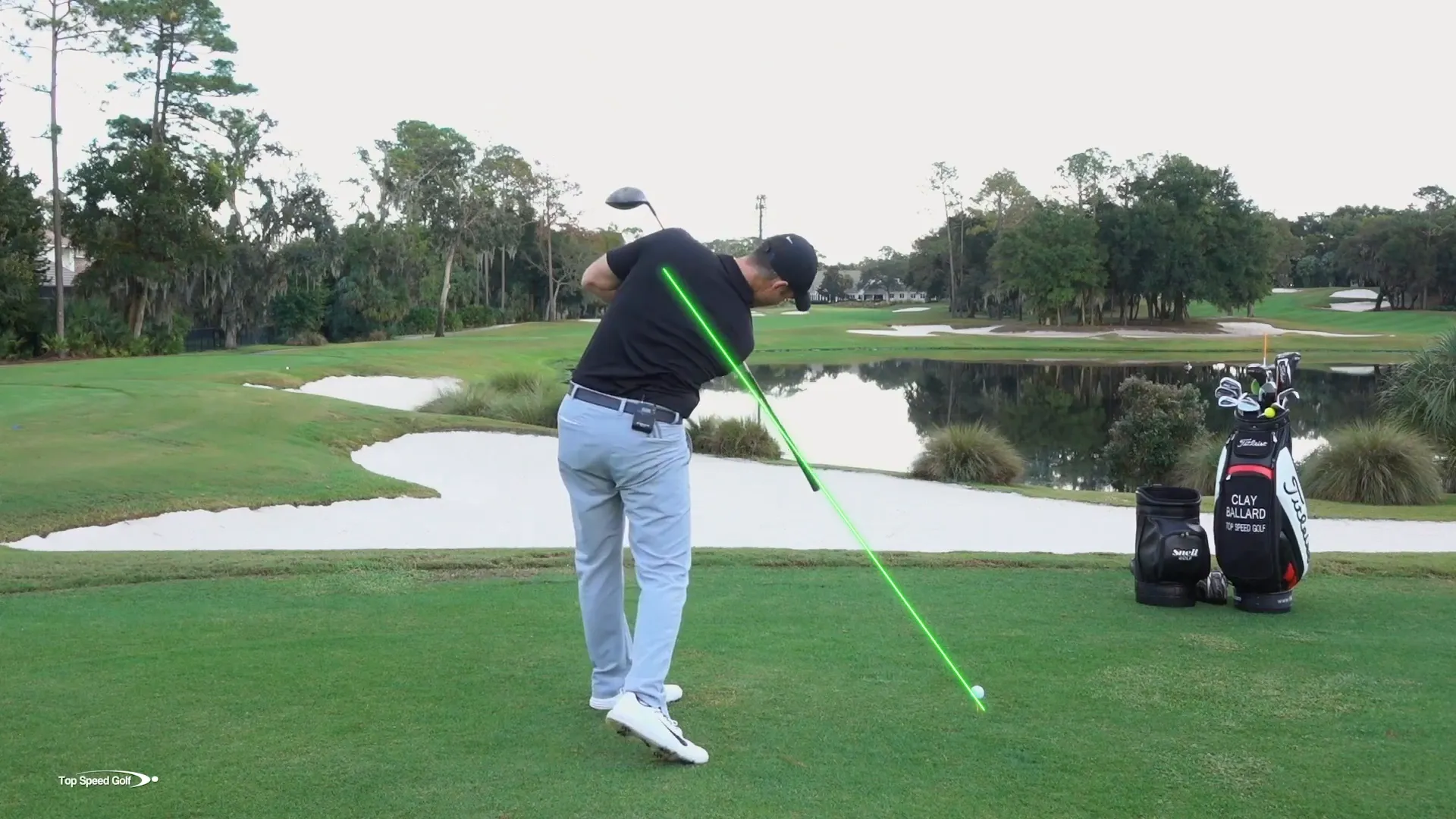
Integrating the Club into Your Technique
The club should feel like an extension of your body. When your lower body is correctly aligned, your arms naturally find their place. This synergy creates a smoother, more powerful swing.
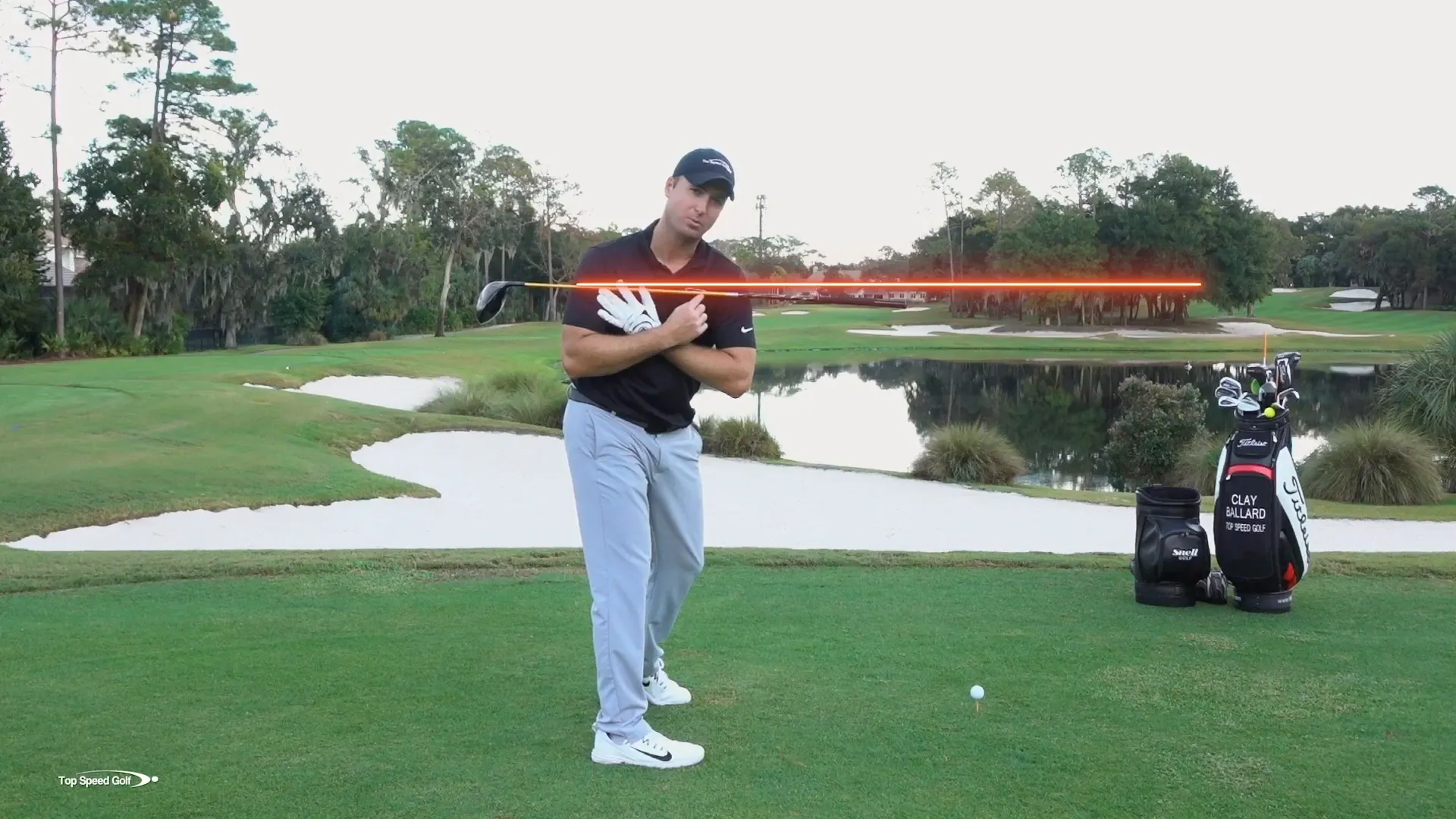
- Focus on Body Movement: Ensure your knees and hips move correctly.
- Maintain a Relaxed Grip: A relaxed grip promotes fluidity, minimizing tension.
- Practice Rotational Drills: Use drills that emphasize full body rotation to keep the club aligned.
Extending the Concept to Your Arms
Once your lower body’s movements are set, your arms should move in harmony, not isolation. Let your shoulders guide them in a pendulum-like swing, ensuring they follow the natural angles of your body.
- Keep Arms Relaxed: Avoid tension for smoother swings.
- Use Your Shoulders: Engage your shoulders as a guide for your arms.
- Practice with Alignment Sticks: Visual aids help reinforce body-club alignment.
The Importance of the Club’s Position
The club’s position throughout the swing is essential for maintaining a consistent swing plane. At the top of your backswing, it should point toward your target line, allowing a natural transition into your downswing.
- Check Your Grip: A natural grip encourages correct club positioning.
- Monitor Your Backswing: Avoid exceeding a natural height.
- Visualize the Path: Mentally practice the club’s path to boost muscle memory.
Common Mistakes to Avoid
Even seasoned golfers fall into habits that disrupt their swing plane. Correct these common errors to elevate your game.
Resist the sway of your upper body away from the ball, which can flatten your swing plane. Centered posture is key.
- Upper Body Sway: Stay centered to maintain your swing plane.
- Over-Rotating Shoulders: Avoid flat rotations that disrupt alignment.
- Dragging the Club Inside: Keep the club on the correct path to prevent steep angles.
Ingraining the Correct Movements
Repeating the right movements instills muscle memory, crucial for long-term success. Practice connecting your knees, hips, arms, and club continuously.
- Repetition is Key: Consistent practice hones muscle memory.
- Video Analysis: Analyze your swing using video to identify improvements.
- Set Specific Goals: Tackle different aspects of your swing in each practice session for comprehensive improvement.

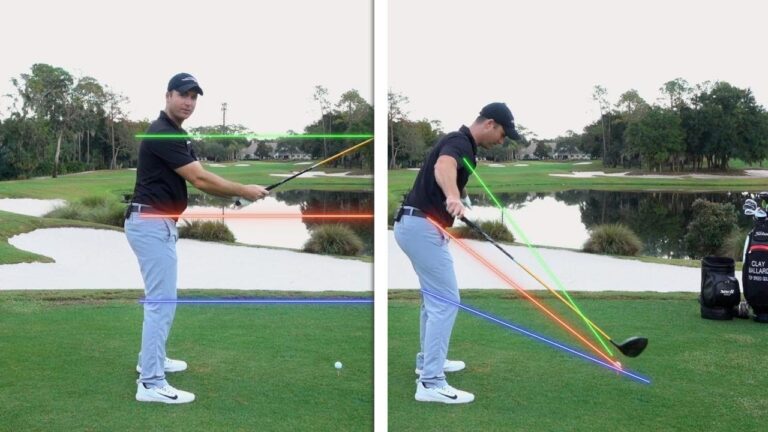
0 Comments